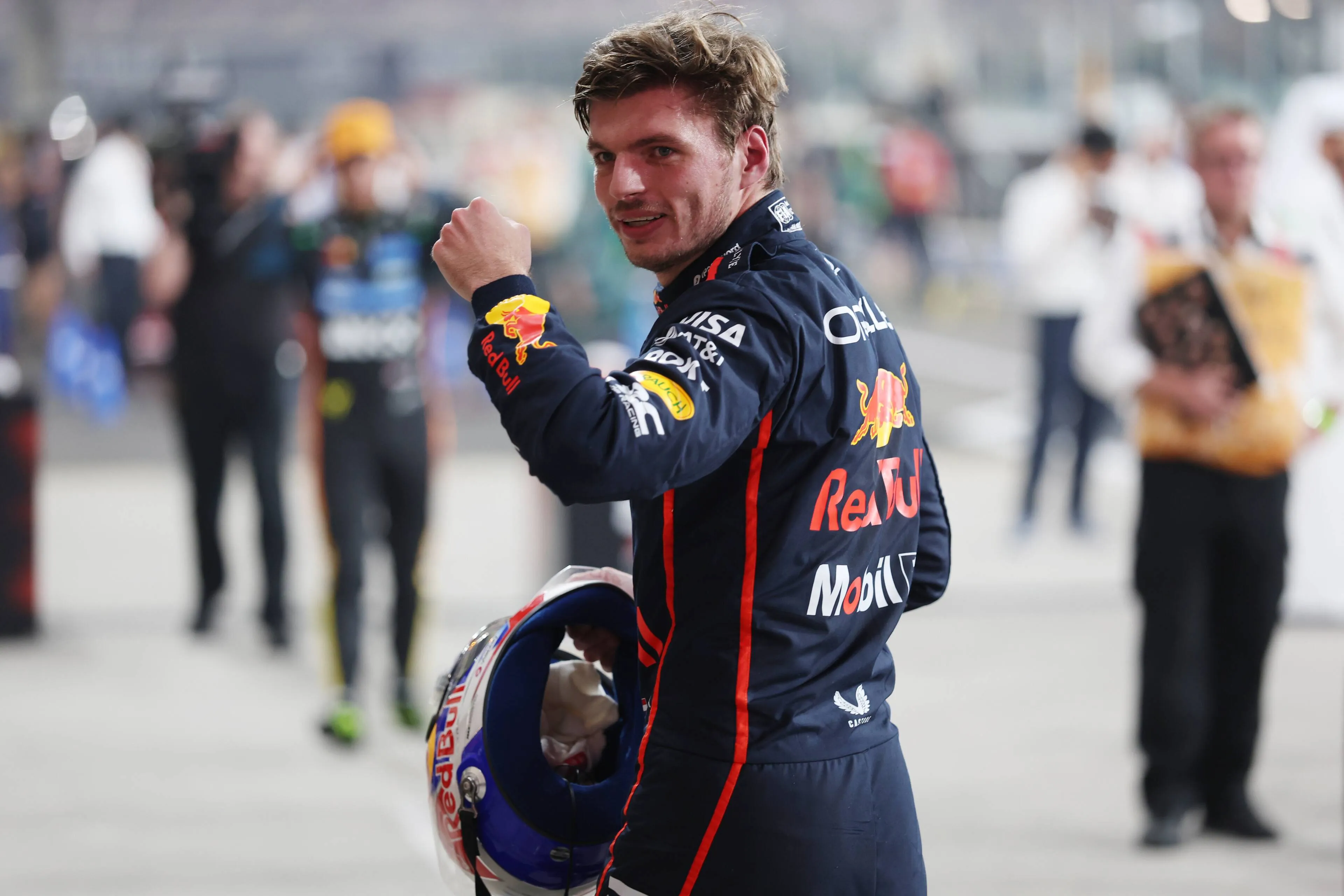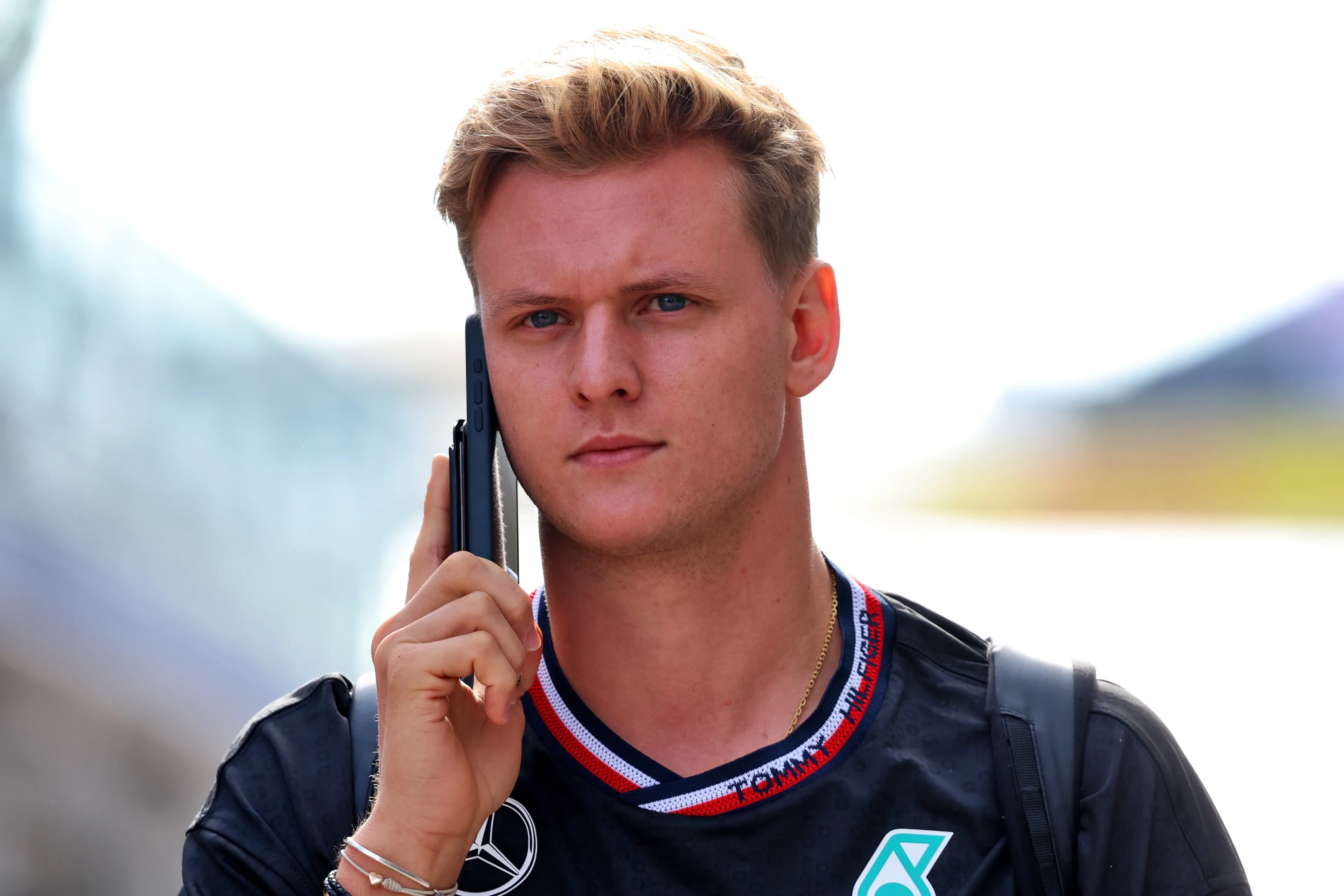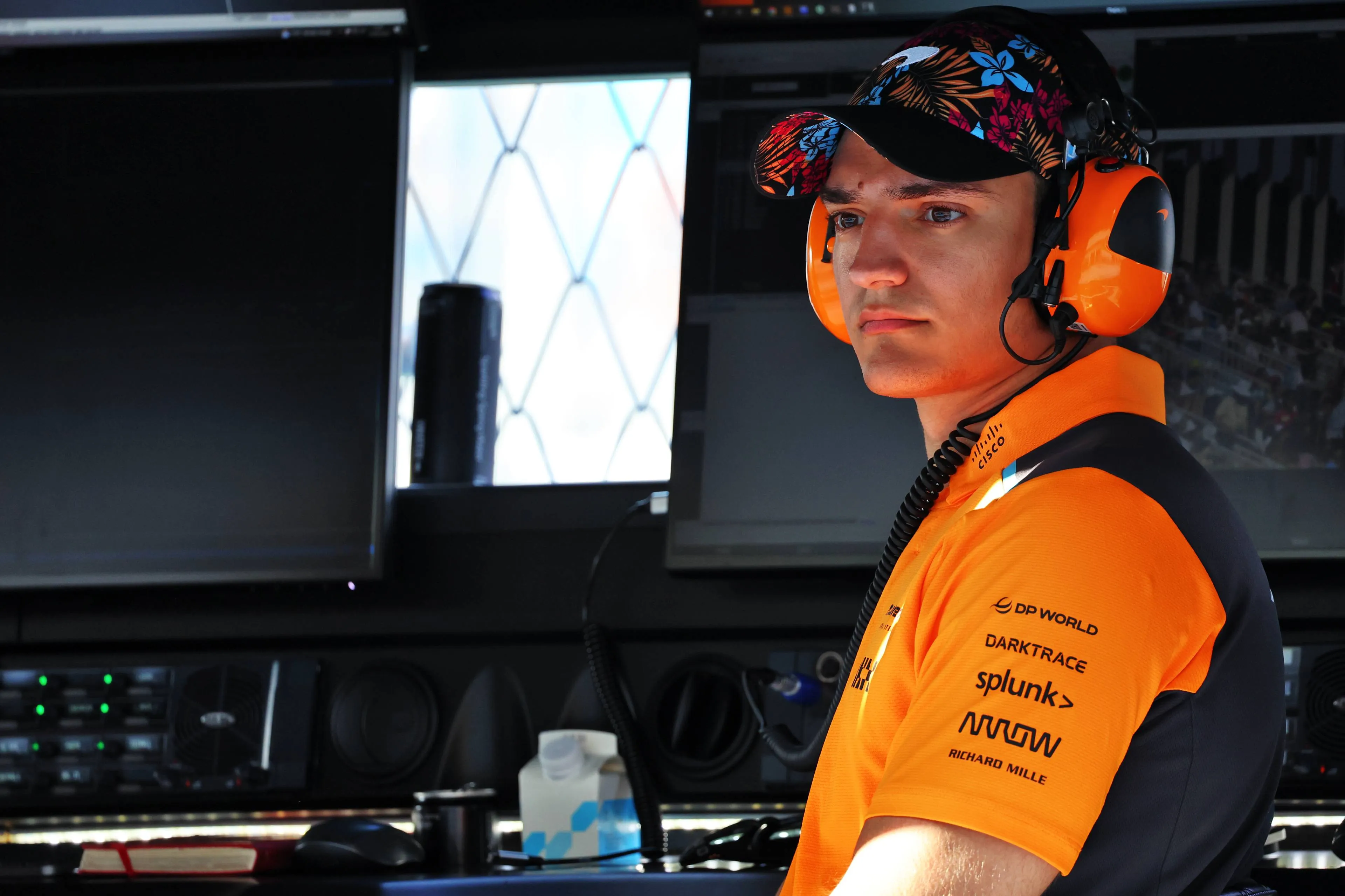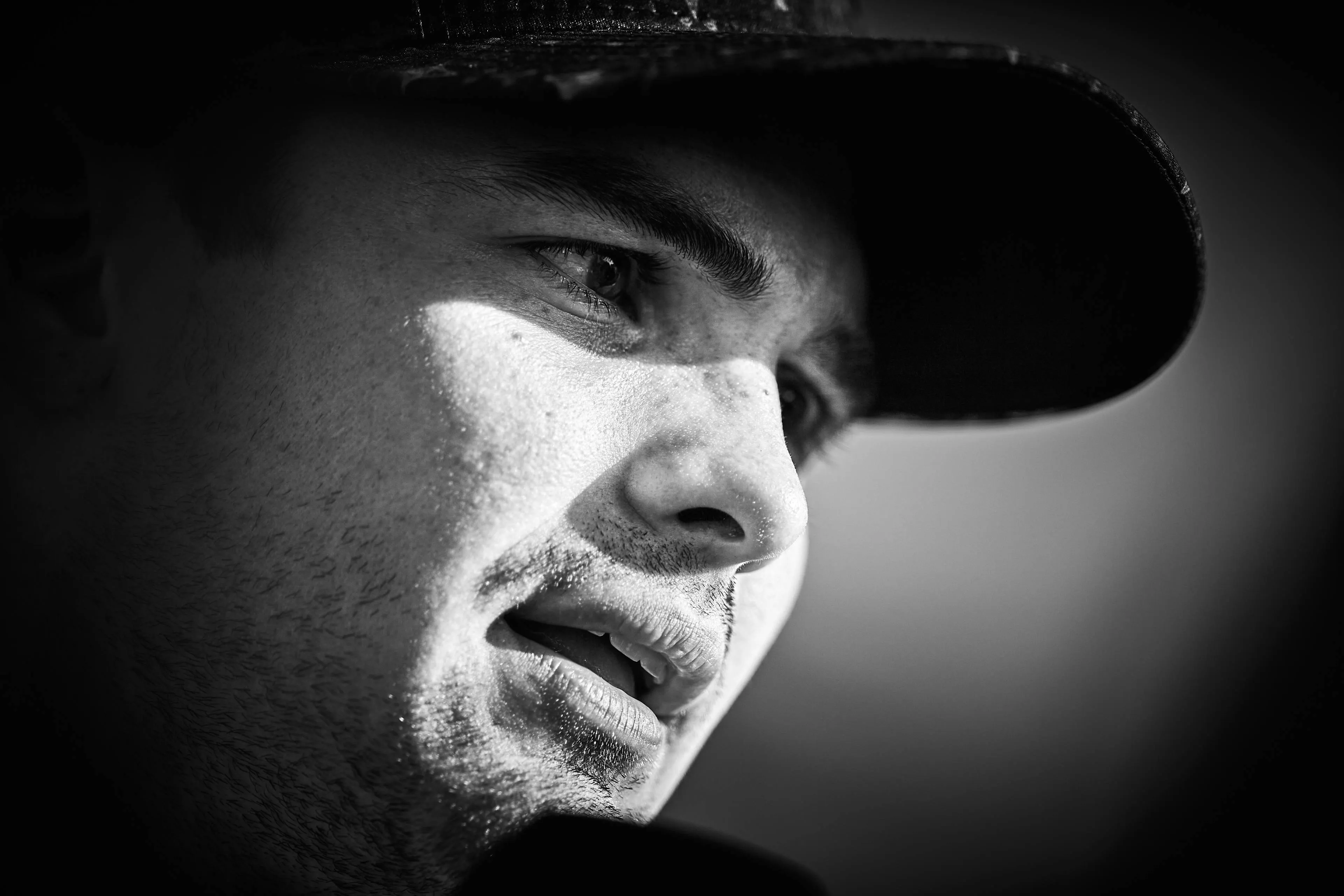Indy500
Indy 500
The Indianapolis 500 is the main event on the IndyCar calendar. The race has been held since 1911 at the Indianapolis Motor Speedway, which has existed since 1909. The circuit is nicknamed "The Brickyard" because the original race surface was made of bricks. Today it is run on asphalt, but there is still a one-yard (just over 0.9 meters) wide strip of brick at the start-finish line. The name Indy 500 simply comes from the race distance: 500 miles. In total, the drivers will complete 200 laps at the Indianapolis Motor Speedway.
The race, held every year on the last weekend in May, is billed as "The Greatest Spectacle in Racing". Together with the Monaco Grand Prix and the 24 Hours of Le Mans, the Indy 500 forms the Triple Crown of motorsport. Currently, Graham Hill is still the only driver to win all three races. The last driver to ever try to win the Triple Crown was Fernando Alonso. He has won the 24 Hours of Le Mans and the Monaco GP twice but failed to win the Indianapolis 500 in three attempts.
The very first race was won in 1911 by Ray Harroun. The race was held every year except for the years when the United States was active in World War I and World War II. The most successful drivers are A. J. Foyt, Al Unser Sr., Rick Mears and Hélio Castroneves. All four drivers have four wins in Indiana. The most successful team is Team Penske, Roger Penske's team. Roger also owns the Indianapolis Motor Speedway.
The Indy 500 has not always been part of the IndyCar calendar, because from 1950 to 1960 the race was annually on the Formula 1 calendar. However, many European teams did not come to the race. Ferrari made its appearance in 1952 with driver Alberto Ascari, but it was not a success.
In the 1980s, the race was mainly filled by American drivers, but more and more technology came from Europe. Most chassis builders and engine manufacturers were European. And with the foreign technology, more and more foreign drivers wanted to drive the Indy 500. Drivers such as Emerson Fittipaldi, Teo Fabi, Roberto Guerrero and Dutchman Arie Luyendyk achieved good results. Luyendyk, also known as 'The Flying Dutchman', is to date the only Dutchman to win at Indy. He did this in 1990 and 1997. Today, almost half of all drivers who start are not American.
You don't just take part in the Indy 500. The first tests of the season are already held more than a month before the race, often to introduce the rookies to the track, but also as a refresher for drivers who only drive on ovals, for example. Testing will take place again about two weeks before the start of the race. From Tuesday to Friday, there will be four days of testing by teams and drivers, ending with Fast Friday, which determines the order of qualifying.
Qualifying starts the weekend before the race weekend on Saturday. Each driver is given four laps to achieve the highest possible average speed. The fastest twelve (or nine, depending on the year) of this session will advance to the Sunday session. When more than 33 cars are entered, the number 31 to the last qualified driver will also compete in the Last Chance Qualifying on Sunday. No more than 33 cars are allowed to start.
The fastest twelve will first compete for a spot in the Fast Six, after which the fastest six will compete for pole position again. When the qualifying is complete, we have to wait for the Friday before the race. On Carb Day, the drivers get one last time to test everything.
On the day of the race, you can expect more than 300,000 fans in the stands. Before the race, all drivers are introduced one by one to the fans and the drivers have already communicated their preference for milk. The winner of the race receives a bottle of milk after Louis Meyer won for the third time in 1936 and asked for milk again. A local milk producer saw a marketing opportunity in this. In addition to a glass of milk, the winner also receives the Borg-Warner trophy, which shows all the faces of previous winners.
Popular on GPBlog
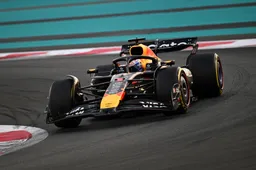
1
Red Bull leads F1 2026 car launches, one team yet to make announcement
3805 times read
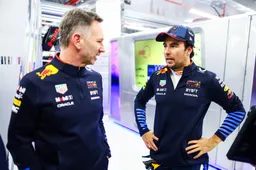
2
Perez reveals final Horner conversation after being replaced by Red Bull
1622 times read
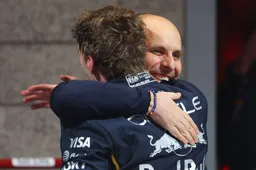
3
Verstappen and Red Bull finally get good news thanks to key figure staying put
933 times read
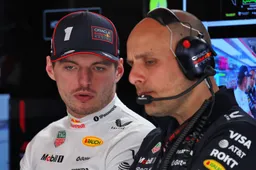
4
Verstappen’s race engineer Lambiase to remain at Red Bull Racing
729 times read
Loading
